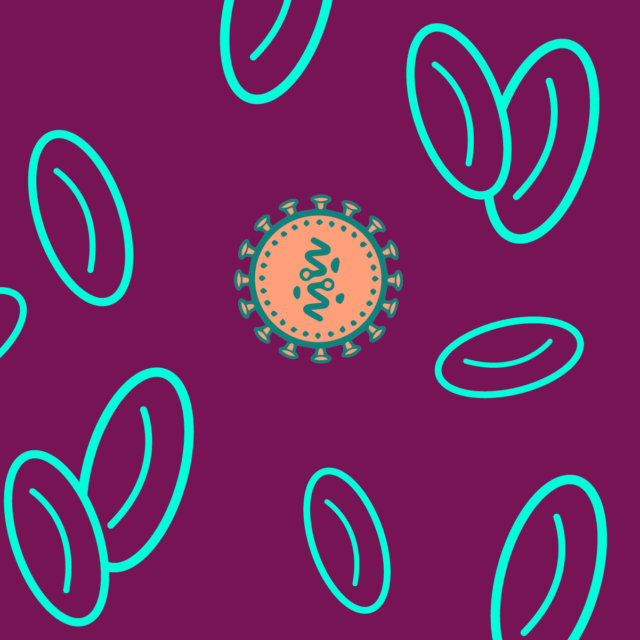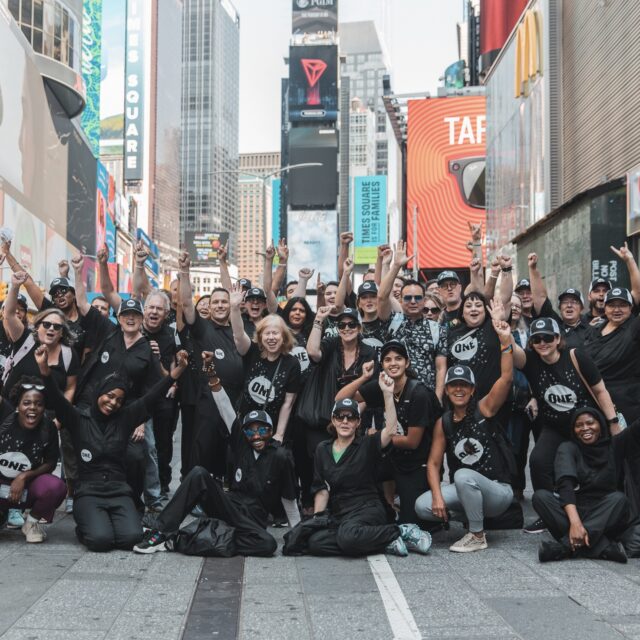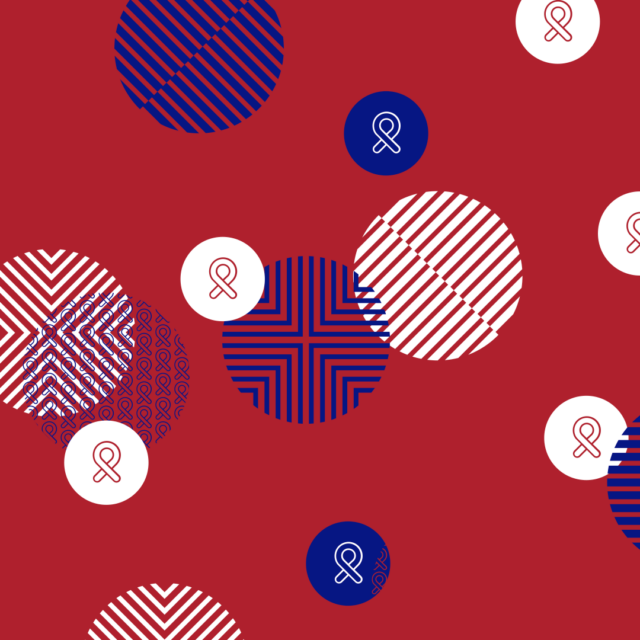Twenty years ago, HIV was sweeping the globe largely unchecked and a diagnosis was usually a death sentence.
We’ve come a long way in the fight to end AIDS since then. New HIV infections are down by more than 40% since their peak in 1997. Between this year’s historic Global Fund replenishment and vital medical and technological progress, we can now envision a world without AIDS — something that would have been unthinkable a few years ago.
But the work isn’t over yet and we can’t afford to become complacent now or forget that AIDS is still an emergency for millions of people.
Here are four key reasons why we need to keep up the fight against AIDS:
1. 3 people contract HIV every minute
Globally, that means 1.7 million people contract HIV each year. Women and girls are particularly vulnerable: Globally, over 800 girls and women ages 15 to 24 contract HIV every day. In sub-Saharan Africa, young women ages 15-24 are twice as likely to contract HIV as their male peers.
2. 14 million people still don’t have access to treatment
A lack of access to treatment means the death toll from AIDS is still unacceptably high: In 2018, 770,000 people globally died of AIDS. Access to treatment is also key to prevention and stopping the spread of HIV. If a person living with HIV takes their treatment regularly and has an undetectable viral load, there is effectively no risk of passing on HIV to others via sexual transmission.
3. We’re short of the “90-90-90” goal
The United Nations set a target of “90-90-90” by 2020: 90% of people living with HIV know their status, 90% of people that know their status receive treatment, and 90% of people receiving treatment have viral suppression.
Instead we’re 79–78–86: 79% of people globally knew their HIV status in 2018. Among them, 78% were accessing antiretroviral therapy. And 86% of people accessing treatment had undetectable viral loads. Reaching the 90-90-90 targets in 2020 will require significant efforts. For example, reaching the target of 30 million people on treatment by 2020 will require almost 7 million people to be added to treatment in the next year. In 2018, only 2 million people were added to treatment.
4) We’re over 25% short on the funding we need reach key targets
In 2018, $19 billion was mobilised for the global HIV/AIDS response. UNAIDS estimates that $26 billion will be needed in 2020 to reach key targets in these countries. This means there is a more than 25% global shortfall of funding needed to reach key targets in the world’s hardest hit countries.
What’s next in the fight
It’s vital that we take every step necessary to finish the job because where you live cannot determine whether you live. This is going to take a single-minded focus and a clear plan.
So this World AIDS Day we’re doing two things. First, we’re giving thanks — to the governments and private sector leaders who increased their commitments to tackling HIV/AIDS, to the activists who wouldn’t give up, and above all, to the real superheroes: the nurses and health workers who fight these diseases day in and day out in their communities.
Second, we’re vowing to keep up the fight until everyone, everywhere has access to the life-saving treatment they need that will help us end AIDS for good.



